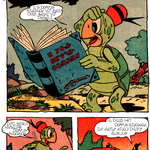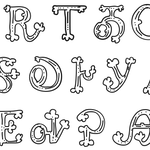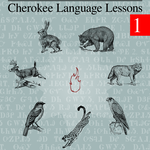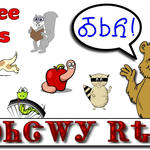
If you are interested in translating English texts into Cherokee or Cherokee texts into English, you might want to check out these files. They are called "Translation Memory" and "Glossary" files, and they are designed to work with a computer program called OmegaT. In this blog post, I will explain what these files are, how they can help you with your translations, and how you can use them with OmegaT.
A Translation Memory (TM) file is a collection of sentences or segments that have been translated before. For example, if you have a TM file for Cherokee and English, it will contain pairs of sentences in both languages that correspond to each other. A Glossary file is a list of words or terms that have a specific meaning or usage in a certain context. For example, if you have a Glossary file for Cherokee and English, it will contain pairs of words in both languages that are related to a certain topic or field.



